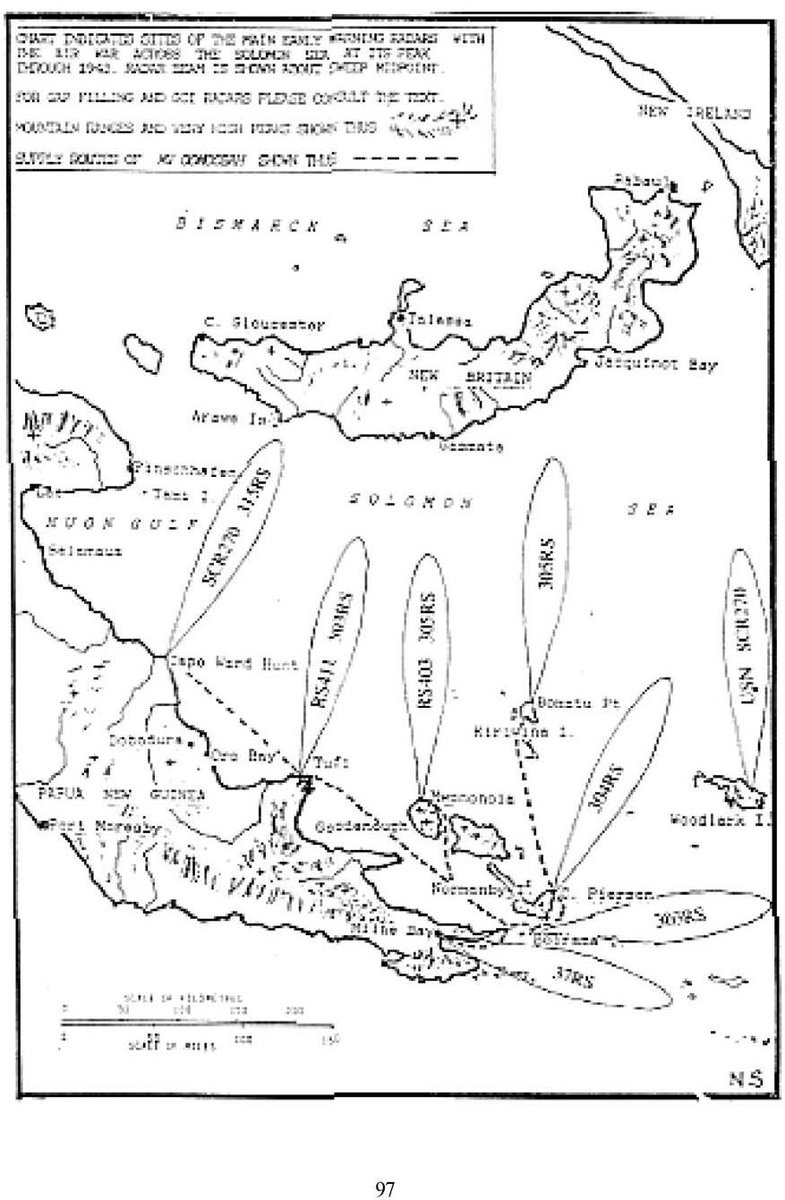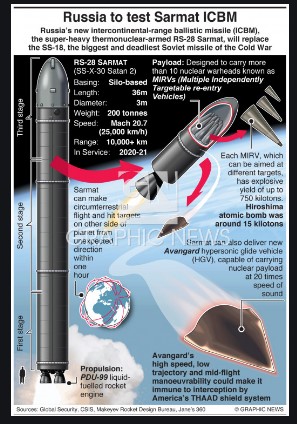
1/ This is another thread on the Azeri Drone War on Armenia.
I've seen a recent open source analysis of what the Azeri drones are doing to Russian air defense equipment in the hands of Armenia.
I've seen a recent open source analysis of what the Azeri drones are doing to Russian air defense equipment in the hands of Armenia.

2/ The Azeris, with or w/o the assistance of Turk instructors, have killed a number of 9K33 Osa AKM / SA-8 GECKO systems, a number of S-300PS / SA-10B GRUMBLE battery components, and a 9K331 Tor M2KM / SA-15D GAUNTLET. 







3/ 1st, there is a claimed GPS/inertial configuration for the larger MAM-L munition that allows it to glide to 14 km range from an unspecified altitude, likely the typical operating altitude for the TB2 of ~18 kft.
This is stand off range for Osa.
See:
roketsan.com.tr/en/product/mam…
This is stand off range for Osa.
See:
roketsan.com.tr/en/product/mam…

4/ 2nd, The TB2's are flying a 100kt figure eight or race track orbit that is putting it's doppler shift speed to something lower than that.
Russian radar computers are filtering out those low speed tracks.
Russian radar computers are filtering out those low speed tracks.

5/ This is not a new problem.
The USS Callaghan (DD-792), a Fletcher-class destroyer, was sunk 29 July 1945 by a 62 kt wood-and-fabric Yokosuka K5Y bi-plane kamikaze at night.
It's Mk37 fire control director/computer for it's radar directed 5" guns were set for 350 kts.
Opps

The USS Callaghan (DD-792), a Fletcher-class destroyer, was sunk 29 July 1945 by a 62 kt wood-and-fabric Yokosuka K5Y bi-plane kamikaze at night.
It's Mk37 fire control director/computer for it's radar directed 5" guns were set for 350 kts.
Opps


6/ 3rd, the Turks built TB2 from carbon-fiber composite (CFC) materials that are "lossy"** in the S-band where the SA-8, SA-15 and SA-22 acquisition radars operate.
AKA TB2's have a low but not stealthy radar return.
AKA TB2's have a low but not stealthy radar return.

7/ ** Lossy = "Dielectrics that exhibit electromagnetic loss at microwave frequencies are used extensively in coupled-cavity traveling-wave tubes." 

8/ 4th, The Turks are using low power jammers in the S-band to take advantage of #2 & #3 above in both the TB2 & their loitering munitions.
A single block like a 5X Small Size Jamming Transmitter Set was found in a downed Azeri loitering munition.
shoghicom.com/jamming-transm…
A single block like a 5X Small Size Jamming Transmitter Set was found in a downed Azeri loitering munition.
shoghicom.com/jamming-transm…

9/ It had four stub antenna that may have been 1/2 wavelength for S-band.
This is an example of one of the Azeri loitering munitions.
This is an example of one of the Azeri loitering munitions.
https://twitter.com/blueboy1969/status/1314141356684718082
10/ 5th, One of two S-300 kills was by a Harop loitering munition and a TBM or MLRS
A TB2 video showed long distance from the 2nd S-300's & either a MLRS or short range ballistic missiles with a large warhead killing it.

A TB2 video showed long distance from the 2nd S-300's & either a MLRS or short range ballistic missiles with a large warhead killing it.
https://twitter.com/shashj/status/1314278652545298434

11/ What the TB2 footage shows is a standing off from a significant distance with significant atmospheric turbulence distortion & slight jitter.
There was some speculation the TBM was an Israeli supplied LORA TBM.
en.wikipedia.org/wiki/LORA_(mis…
There was some speculation the TBM was an Israeli supplied LORA TBM.
en.wikipedia.org/wiki/LORA_(mis…

12/ For US Army SHORAD, there are several issues.
The 14km range at 18K feet of the MAM-L makes the M-SHORAD obsolete before it is deployed, even if it gets a AIM-9X.
The 14km range at 18K feet of the MAM-L makes the M-SHORAD obsolete before it is deployed, even if it gets a AIM-9X.
https://twitter.com/TrentTelenko/status/1312884916762411010
13/ The US Army needs ground launched AMRAAM at the brigade level in the worst way to deal with medium altitude UAV systems with MAM-C or JDAMS 14 km stand off ranges. 



14/14 Loitering munitions with jammers are a 2nd tier military power capability. That is not in the US Army ADA systems design, as far as the open sources I've read.
Why? I don't know.
A small jammer like the US Army's Hexjam can be put in a drone.
prc68.com/I/HEXJAM.shtml


Why? I don't know.
A small jammer like the US Army's Hexjam can be put in a drone.
prc68.com/I/HEXJAM.shtml



@threadreaderapp Unroll
@threadreaderapp unroll
• • •
Missing some Tweet in this thread? You can try to
force a refresh












